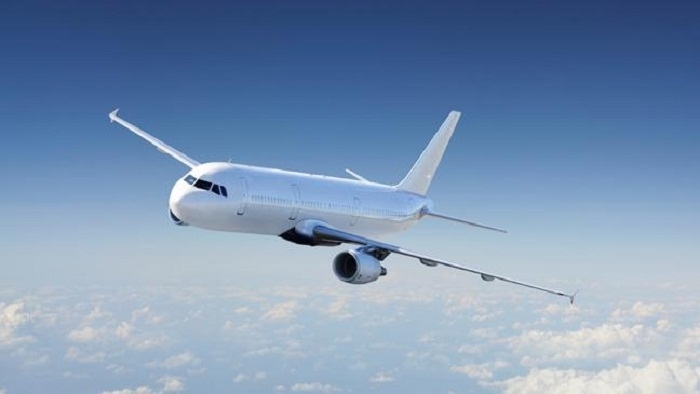Getting planes to fly just 2,000 feet (610 metres) lower could cut the climate impact of the contrails they leave behind by a whopping 59 percent.
Even better, only around 2 percent of flights would need to make the adjustment – those flights where contrails are most likely to form, linger around, and contribute to the warming of the planet.
Contrails (condensation trails) come about when the hot exhaust gas from airplanes meets the cold, low-pressure air in the atmosphere. Moisture condenses on the black carbon in the fumes, forming the ice particles we see as white streaks in the sky.
While most contrails vanish in minutes, some can stick around for up to 18 hours, mixing with other contrails and cirrus clouds. This forms 'contrail cirrus', which shifts the temperature balance of Earth through what's known as radiative forcing.
This radiative forcing happens when contrails reflect incoming shortwave radiation back out to space, while trapping longwave infrared radiation on Earth, causing a warming effect.
"According to our study, changing the altitude of a small number of flights could significantly reduce the climate effects of aviation contrails," says civil engineer Marc Stettler, from Imperial College London in the UK. "This new method could very quickly reduce the overall climate impact of the aviation industry.
"A really small proportion of flights are responsible for the vast majority of contrail climate impact, meaning we can focus our attention on them."
Studies suggest that contrails and radiative forcing could be heating up the planet as much as CO2 emissions from aircraft fuel, but the impact of contrails is much more short-lived – and potentially easier to tackle.
The researchers analysed data from Japanese airspace over the course of six weeks, running models with planes flying either 2,000 feet higher or 2,000 feet lower than their actual flight paths. With 1.7 percent of flights flying lower, the data showed, a cut in contrail climate forcing of 59 percent could be achieved.
Some extra fuel would be consumed along the way, but this would be offset by reduced contrail formation and the warming it produces, the study shows.
Add the widespread adoption of cleaner jet engine fuel to the altitude adjustments, the researchers say, and the contribution of contrails to climate change could drop by up to 90 percent. However, with so many variables at play, further research on a wider dataset will be required to know for sure.
What's clear is that the environmental impact of contrails should not be underestimated: the research shows that they can make a significant contribution to global warming (though you don't have to worry about a government cover-up).
"Contrail models are vital in validating the effectiveness of different mitigation solutions such as the use of alternative fuels, new engine technology, and flight diversion strategies," the researchers write in their paper.
Environmental Science & Technology
More about: #Environment
















































